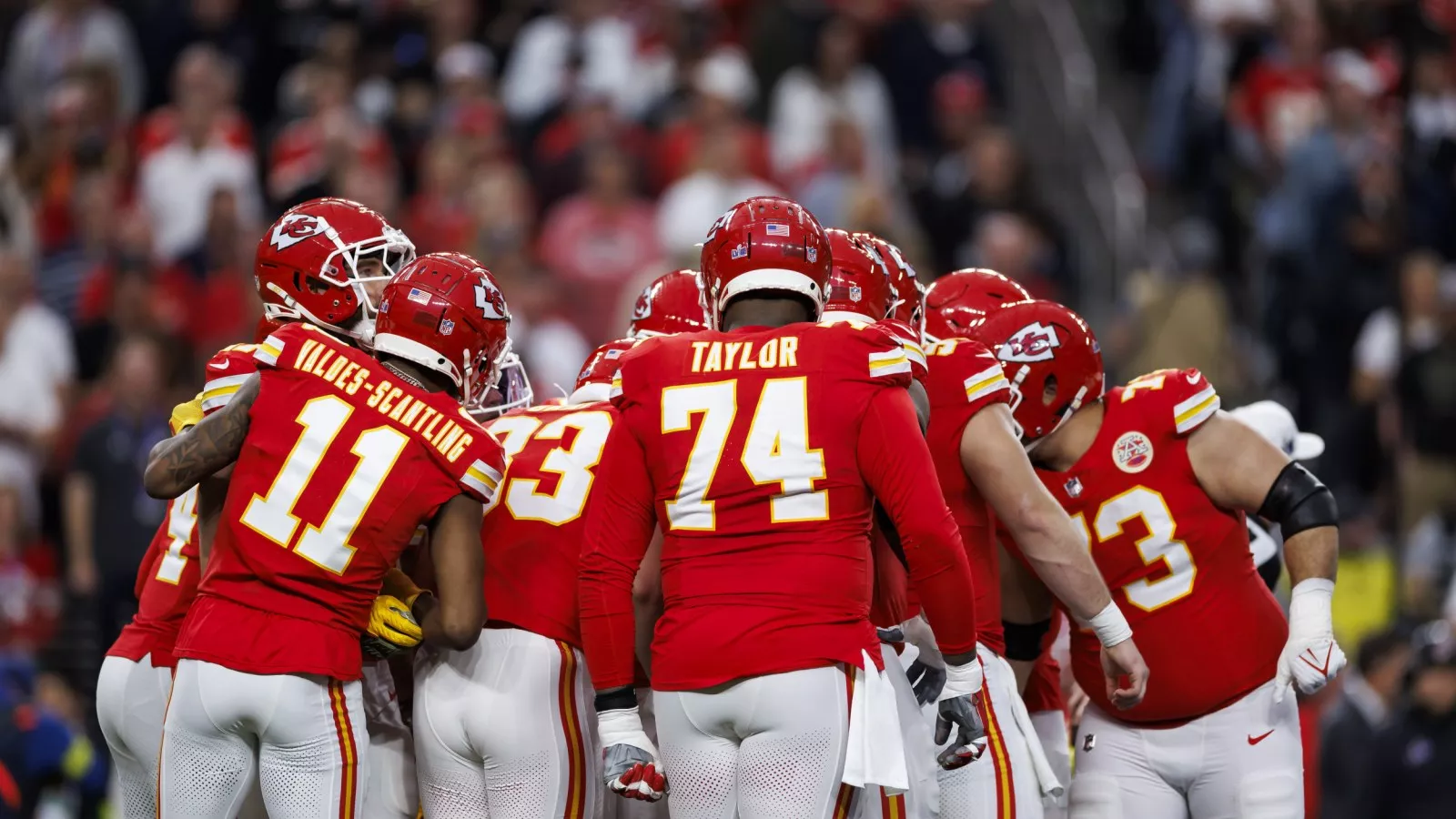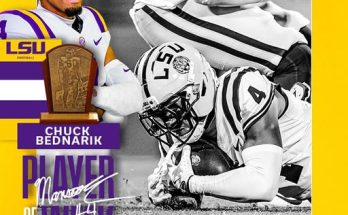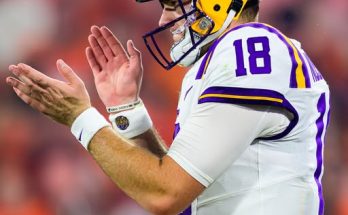The roar from Gaylord Family-Oklahoma Memorial Stadium could be heard for miles as the Sooners walked off the field victorious. A 17-point bounce-back win at home wasn’t just a statement—it was a reset, a recalibration, and most importantly, a response to their doubters. In front of a packed house of crimson and cream, Oklahoma reminded the college football world that a stumble is not a fall, and that elite programs always find a way to punch back.
The game carried emotional weight, not just for the team, but for a fan base desperate for reassurance. Coming off a disappointing loss that exposed both mental lapses and execution flaws, the pressure on head coach Brent Venables and his squad was immense. Social media was restless, analysts were circling with skepticism, and rivals were whispering that Oklahoma’s season might have already peaked. But as is often the case in Norman, adversity wasn’t an end—it was an invitation to dig deeper.
From the opening whistle, there was a noticeable difference in energy and intent. The Sooners played fast, physical, and with a renewed sense of purpose. The defense, which had drawn criticism for missed tackles and blown assignments in their previous outing, looked sharp and aggressive. Linebackers flew to the ball. Defensive backs stuck to their assignments. And most importantly, the defensive line imposed its will in the trenches. Oklahoma held their opponent to under 100 rushing yards, a testament to a week of film study, grit, and relentless coaching.
Offensively, the Sooners clicked in ways they hadn’t since early in the season. Quarterback Dillon Gabriel, who bore much of the blame for the prior defeat, played with poise and fire. His decision-making was crisp, and his chemistry with the wideouts looked restored. On several drives, he showcased both his arm talent and leadership, converting key third downs and hitting on a few explosive plays that reignited the crowd and his teammates. He wasn’t just executing plays; he was commanding the huddle, demanding excellence, and setting the tone.
The offensive line deserves a chunk of the credit too. Maligned for their lack of push in the last game, the big men up front responded with perhaps their most complete performance of the season. Holes were opened, the pocket was clean, and their physicality wore down the opposing front seven as the game progressed. The run game, which had sputtered and stalled a week earlier, suddenly found its rhythm. Marcus Major and Jovantae Barnes each had moments where they bulldozed defenders and reminded fans of the Sooners’ long tradition of dominant backs.
One of the most defining elements of the win was the response after halftime. Leading by just a touchdown, Oklahoma came out in the third quarter and immediately put their foot on the gas. The offense engineered a 75-yard touchdown drive in just six plays, capped by a beautiful play-action pass over the middle. It was a tone-setting sequence—no conservative play-calling, no sitting on the lead. It was as if Venables and offensive coordinator Jeff Lebby had drawn a line in the sand: this team was going to stay aggressive and put the game away on their terms.
Special teams played their part too. A booming punt late in the second quarter flipped the field when it seemed momentum might be swinging the other way. Kicker Gavin Marshall drilled a long field goal to extend the lead in the fourth, and the kick coverage unit consistently limited returns, a subtle but critical part of any disciplined football program. These are the plays that don’t always make the highlight reel but win football games.
Perhaps the most compelling aspect of the win wasn’t just the final score—it was the emotional catharsis that came with it. Players on the sideline weren’t just celebrating—they were erupting. The sideline energy was palpable. Coaches were visibly relieved but also locked in, understanding that while this was a critical win, the road ahead remains long. The fans, often criticized for their quick turnarounds, stayed loud and loyal, giving their team the fuel it needed to silence the noise.
In the postgame press conference, Venables praised his team’s resilience. He didn’t sugarcoat the previous week’s performance, nor did he allow the glow of this win to blind anyone to the work that remains. His message was clear: championship teams aren’t built in perfect conditions—they’re forged in the fires of setbacks, frustrations, and second chances. And this was one such second chance, seized with both hands.
For veteran players, the game served as a reminder of their responsibility. These seniors, many of whom have lived through coaching changes, quarterback transfers, and brutal media scrutiny, rallied their younger teammates during the week. Leaders emerged not just on game day but in practice, in film rooms, and even over text chains that lit up with messages of accountability. These are the moments that build culture—not what fans see on Saturdays, but what teammates do behind the scenes.
Recruiting momentum, which had slightly cooled in the wake of last week’s loss, is likely to rebound as well. Top prospects who attended the game were treated to a full display of what Oklahoma football is supposed to look like: big plays, tough defense, a raucous crowd, and a coach who never flinches in adversity. For a program looking to solidify its future in the SEC, nights like these matter just as much for perception as they do for the win-loss column.
One cannot ignore the broader implications of this victory. The Big 12 standings remain tight, and Oklahoma’s path to the conference championship game still features a handful of trap games and ranked opponents. But with this win, they keep those hopes alive. More importantly, they restore belief—in the locker room, in the fan base, and in themselves. Every season has turning points, and this game may very well be one of them.
Football, at its core, is a game of emotion, precision, and execution. But it’s also a test of character. Oklahoma’s bounce-back win wasn’t just about X’s and O’s—it was about heart. It was about deciding that one bad week wouldn’t define them. That grit, not just talent, would drive their identity. And that the standard of Oklahoma football—the one built by legends, trophies, and decades of dominance—would be honored through effort, not entitlement.
As the crowd filed out into the night, many clutched their tickets like souvenirs of something more than a game. It was a reaffirmation of faith, a reminder that this team still has fight left in it, and that the season is far from over. There will be more battles, more bruises, and more moments where doubt creeps in. But if Saturday night was any indication, these Sooners are ready for it.
In a sport where momentum can shift on a single play, the value of a 17-point bounce-back win cannot be overstated. It is a lifeline, a lesson, and a launchpad. And for Oklahoma, it may just be the spark they needed to chase something greater than redemption—a legacy.



